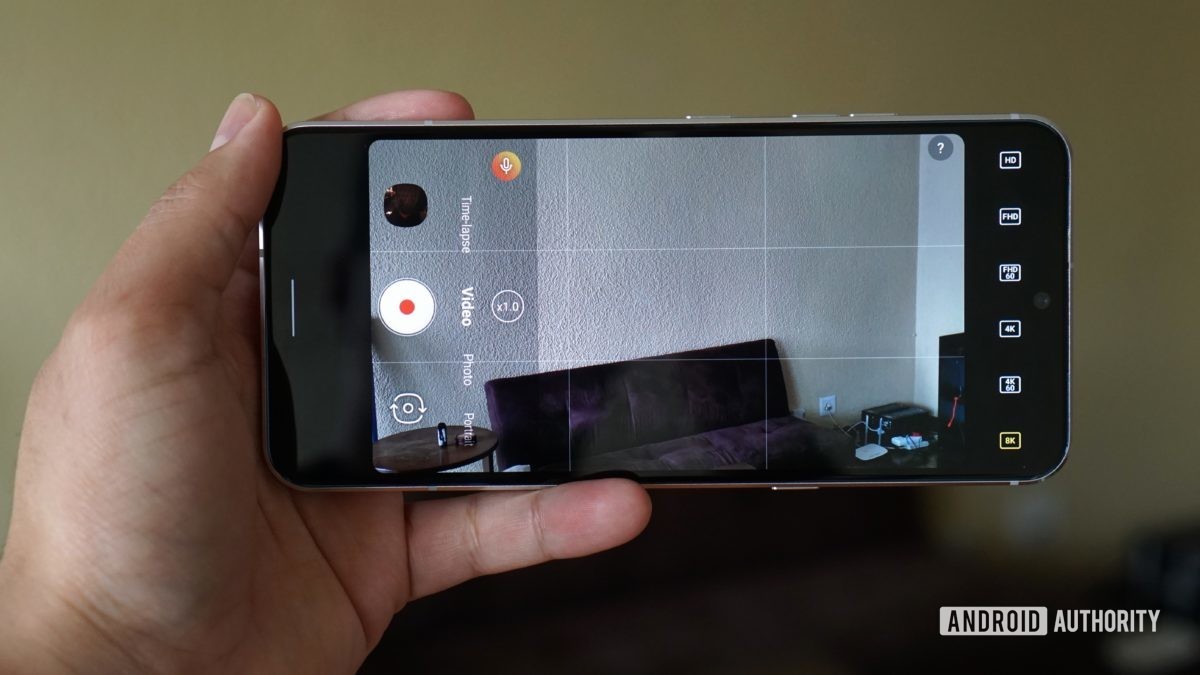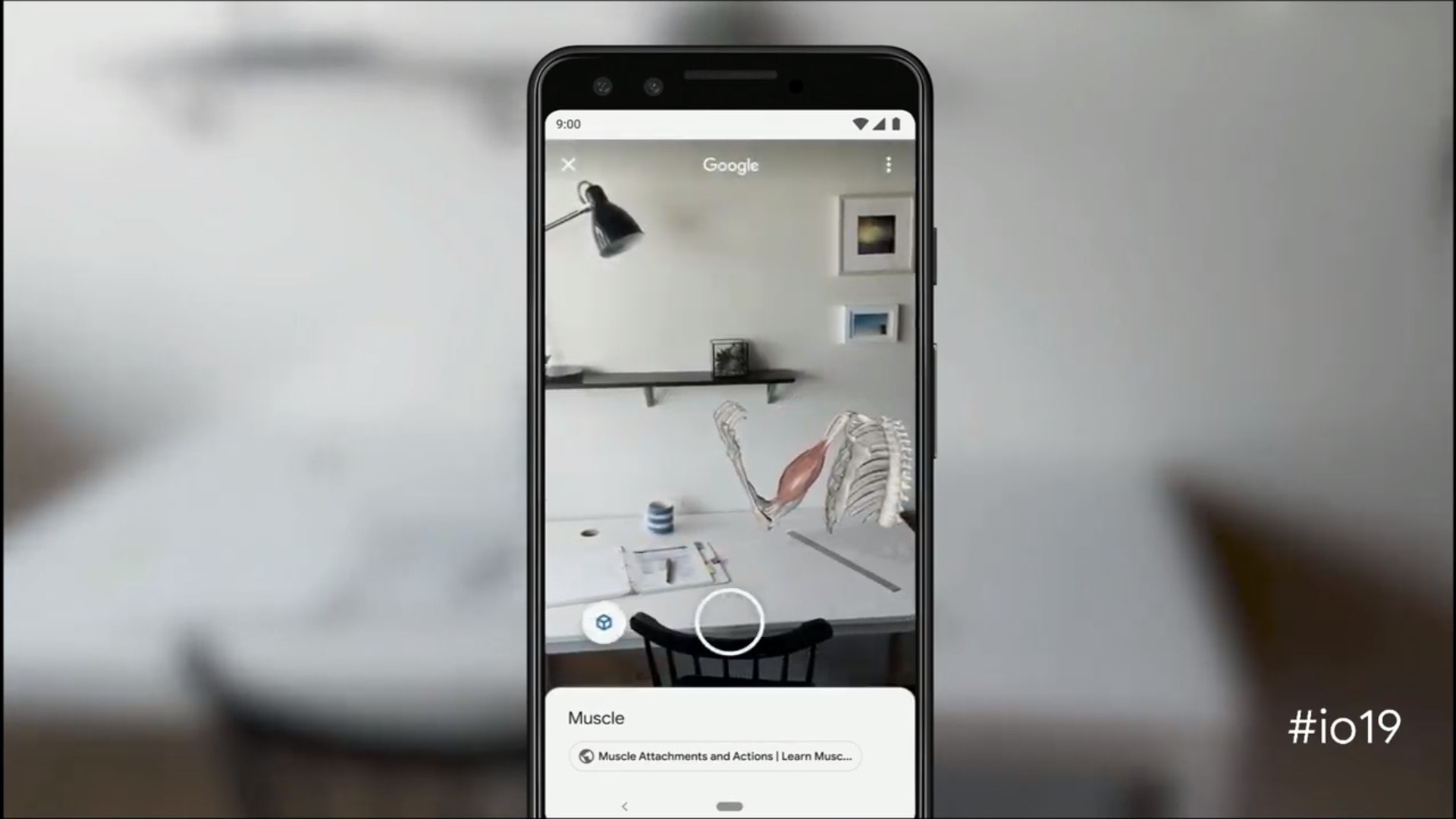Everything changed in 2020. With COVID-19, much of the world’s population was forced to quarantine in the hopes of preventing the spread of the virus. That led us to become reliant on video calls and social networks far more than we had been in the past. Our phones helped keep us connected, entertained, and distracted from the relative horrors of the world around us. Thankfully, mobile tech kept innovation apace throughout the year despite the hellfire that was 2020. Phone makers didn’t drop the ball. In fact, many pushed boundaries like never before.
With the year finally (finally!) coming to an end, it’s high time we peered forward. Here’s what to expect from smartphones throughout 2021.
See also: 7 smartphone trends that really should stop in 2021
Affordable foldables

Phones that fold are still a nascent product category. We saw three major efforts during 2020, including the Samsung Galaxy Z Flip and Flip 5G, the Galaxy Z Fold 2, and the Motorola Razr 5G. Each of these phones had strengths and weaknesses, though we really liked the Z Fold 2. If there’s one common thread to the foldable phone category, however, it’s outrageous pricing. The Z Flip and Razr 5G cost upward of $1,400, and the Z Fold 2 cost a brutal $1,980. Clearly, the foldables of 2020 were not mass consumer devices.
As we head into 2021, it’s fair to expect that foldables will become more affordable. That’s not to say that they’ll be cheap. You can expect phones such as the Z Fold 2 to keep their $2,000 price points. Instead, what we’ll see are new efforts that fall into the upper end of the mid-tier with price points in the $800 to $1,000 range.
Related: The best foldable phones you can get
“While most rivals are working on their first folding, flipping, or rolling phones, Samsung is readying its third-generation foldables and promising to bring prices down,� said Avi Greengart, President, Lead Analyst, Techsponential. “More affordable options will help clarify just how much consumers want their phones to change shape. Microsoft is also worth watching as it learns from its first-generation Surface Duo, and LG seems especially bent on experimentation.�
5G across the board

Samsung was the first major phone maker to add 5G to its entire line of high-end devices and much of its mid-range as well. The entire Galaxy S20 series had 5G onboard — and the high price tag to match. Later, Samsung brought 5G to its more affordable devices, including the Galaxy A71 and Galaxy S20 FE. Apple, Google, Nokia, and others followed suit, as did other manufacturers. By the end of 2020, we started to see 5G adoption really take off.
For 2021, it’s clear more phones than ever will have 5G. We can thank chipsets in Qualcomm’s Snapdragon 700 series for bringing the new connectivity standard to the mid-range. We should therefore expect that the majority of mid-range phones will have 5G aboard next year. What’s not yet clear is how far down the product map 5G will trickle. Google already offers truly affordable 5G phones, such as the Pixel 4a 5G. Will we see 5G in phones below the $399 price point? It’s possible.
Read more: Here’s what’s coming next for 5G in 2021
5G will also get much faster. While mmWave 5G impresses with its raw performance, its limited availability means most people are surfing on slower mid-band 5G.
“Phones integrating Qualcomm’s X60 modem will bring significantly faster sub-6 5G speeds as it allows more flexibility combining frequency bands,� said Greengart. “In the U.S., the impact will be largely confined to T-Mobile’s network in 2021 until the winners of the government’s mid-range auction are able to build on it. In the second half of 2021, if the pandemic eases, we may also start seeing real-world use cases for mmWave 5G in crowded areas and stadiums.�
Fast(er) displays

If there was one trend we saw in 2020 that we liked, it was the proliferation of fast displays. Leading phone makers ramped up the refresh rate of their screens from 60Hz to 90Hz, 120Hz, and even 144Hz. Faster refresh rates offer a smoother experience, particularly when scrolling or gaming. These are found on phones such as the ROG Phone 3 and the Galaxy Note 20 Ultra.
We fully believe high-refresh-rate screens will become the norm in 2021. For example, leaks suggest that inexpensive Redmi phones will score 120Hz screens. More to the point, MediaTek’s Dimensity 700 series of chips bake in support for 90Hz. This will bring speedy screens to cheaper handsets.
(Hopefully, Apple will sense the trend and adopt faster screens, too.)
Under-display cameras

ZTE introduced the first phone with an under-display camera in 2020, the Axon 20 5G. This brand new technology relies on transparent layers to allow a camera to take pictures through a screen. The idea is to hide the camera in such a way as to lose the notch or punch hole design, creating a more seamless screen experience. Here’s how the under-display camera works.
It’s a solid bet that more phones with hidden cameras are on the way.
Xiaomi was among the first wave of phone makers to say it’ll adopt under-display camera tech. However, you can be assured that Xiaomi and ZTE won’t be alone. While we don’t have more commitments from other phone makers, and under-display camera technology is not perfect, it’s a solid bet that more phones with hidden cameras are on the way.
8K recording proliferates

If there’s one trend that’s probably obvious to you by now, it’s that we expect the features found primarily on high-end phones in 2020 to reach phones with lower price points in 2021. That applies to 8K video capture.
We first saw 8K video capture enter the limelight with devices such as the Xiaomi Mi 10 Pro and the Samsung Galaxy S20 series in early 2020. The feature later came to the LG V60 ThinQ and a number of other flagships throughout the year. The good news is that a wider array of chips support 8K video capture today, which means the feature will proliferate across a wider range of price points. More to the point, now that 8K television sets are (almost) affordable, there will be a place to actually watch that 8K footage.
Augmented reality gets a grip on reality

It’s easy to shoot down augmented reality. At the moment, Apple and Google appear to be the only companies truly interested in the technology. Apple continues to update its ARKit developer tools and release AR-capable hardware. That isn’t what we’re talking about.
“Qualcomm has been heavily investing in AR and VR functionality, and its chips can be found in nearly all the self-contained VR systems on the market,� noted Greengart. “Thanks to Facebook’s Oculus Quest 2, VR does seem poised to break through to the mainstream, but primarily as a gaming platform.� If you’ve been paying attention to your television set at all, you’ve likely seen Oculus’ push to get consumers’ attention with dramatic commercials.
In 2021 we will see headsets that plug into Snapdragon-based phones.
However, “AR has much broader potential,� suggests Greengart. “In 2021 we will see headsets that plug into Snapdragon-based phones leave the labs and arrive on shelves. Apple has been working on its own AR glasses; if history is any guide, Apple will sit out the first round of solutions next year and define the market on its own terms later.�
What smartphone trends do you think we’ll see in 2021? Let us know in the comments.

